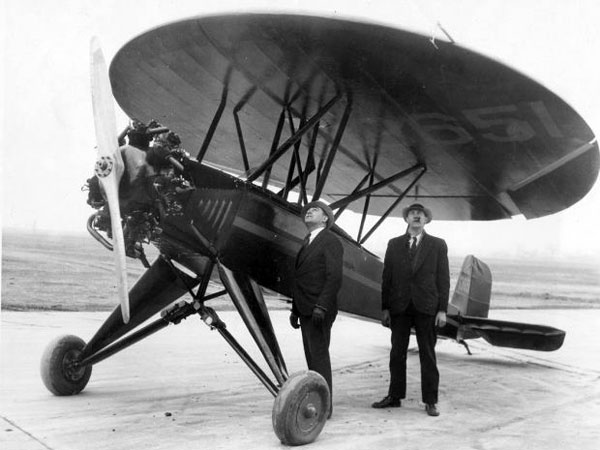For AvGeeks, the world of aircraft design has produced some truly bizarre and unexpected machines. While most aircraft follow a relatively similar blueprint of wings, engines, and fuselages, there are some that defy conventional logic and leave us questioning how they ever got off the ground. These 12 weird-looking aircraft, with their unconventional shapes and designs, might not look like they belong in the skies, but their flight capabilities prove that anything is possible in aviation.
Northrop HL-10
The Northrop HL-10 was an experimental lifting body aircraft developed by NASA to study flight characteristics of wingless vehicles. It made 37 flights between 1966 and 1970, reaching speeds over Mach 1.8 and altitudes above 90,000 feet. The data gathered from the HL-10 contributed to the development of the Space Shuttle and future reentry vehicles.
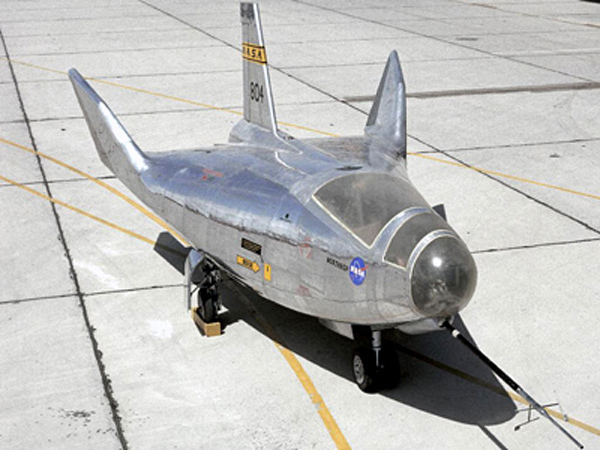
Martin XB-51
The Martin XB-51 was a sleek, tri-jet ground attack aircraft prototype developed in the late 1940s for the U.S. Air Force. It featured an unusual design with variable incidence wings and a tandem landing gear configuration. Although it demonstrated impressive speed and agility, it ultimately lost out to the English Electric Canberra in production selection.
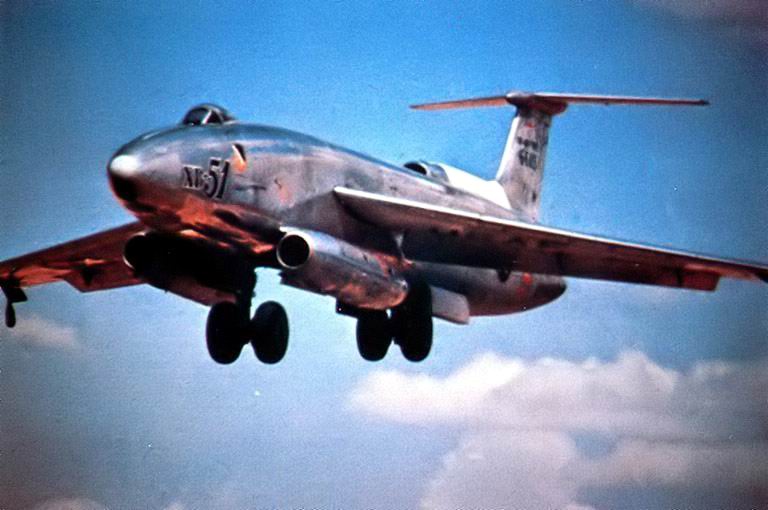
Dornier Do 31
The Dornier Do 31 was an experimental German VTOL (Vertical Take-Off and Landing) transport aircraft developed in the 1960s. It was the world’s first and only jet-powered VTOL transport ever flown, using a combination of lift and cruise engines. Despite successful test flights, the project was canceled due to high costs and changing military requirements.

PZL M-15 Belphegor
The PZL M-15 Belphegor was a bizarre-looking Polish jet-powered biplane developed in the 1970s for agricultural use. It remains the only jet-powered biplane and the only jet agricultural aircraft ever built. Designed for Soviet collective farms, its high fuel consumption and poor performance led to limited production and early retirement.

McDonnell XF-85 Goblin
The McDonnell XF-85 Goblin was a tiny, experimental jet fighter designed in the 1940s to be deployed from the bomb bay of a B-36 bomber. Intended as a parasite fighter to protect bombers deep in enemy territory, it featured a compact, egg-shaped fuselage and no landing gear. Test flights revealed serious docking difficulties, and the project was canceled before entering production.
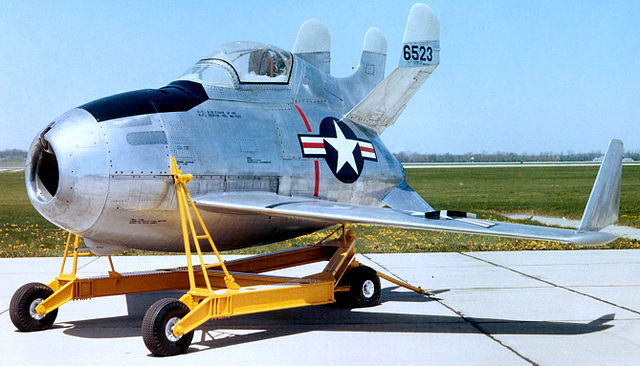
SNECMA Coléoptère
The SNECMA Coléoptère was an experimental French VTOL aircraft developed in the 1950s with a unique annular wing design. It was intended to take off and land vertically like a rocket, then transition to horizontal flight. Only one prototype was built, and the project was canceled after a crash during its first free flight.
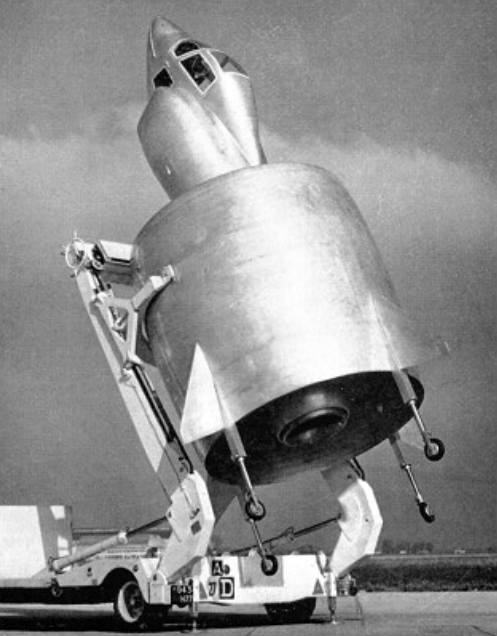
Miles M.39B Libellula
The Miles M.39B Libellula was a British experimental aircraft developed during World War II to test the concept of tandem wing design. Built as a 5/8 scale prototype, it featured two sets of wings—one at the front and one at the rear—for improved visibility and carrier suitability. Although innovative, the design was never adopted for production aircraft.
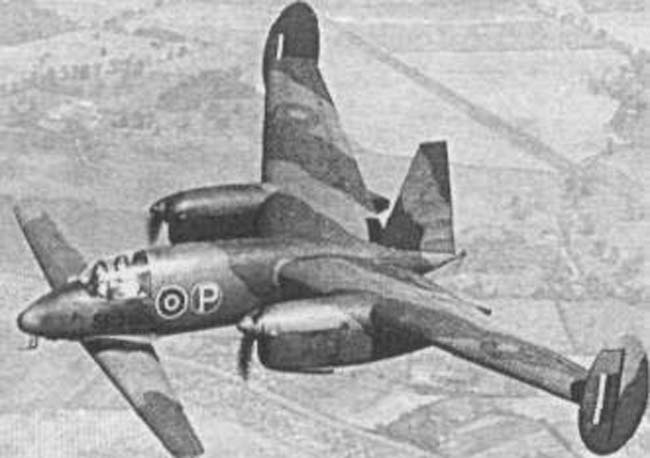
Scaled Composites Proteus
The Scaled Composites Proteus is a high-altitude, long-endurance experimental aircraft designed by Burt Rutan and first flown in 1998. Featuring a unique tandem-wing configuration and powered by twin Williams International FJ44-2E turbofan engines, it can carry payloads up to 2,000 pounds to altitudes above 50,000 feet and remain on station for up to 14 hours. Originally conceived as a telecommunications relay platform, Proteus has since been utilized for various missions including atmospheric research, reconnaissance, and as a testbed for advanced aerospace technologies.
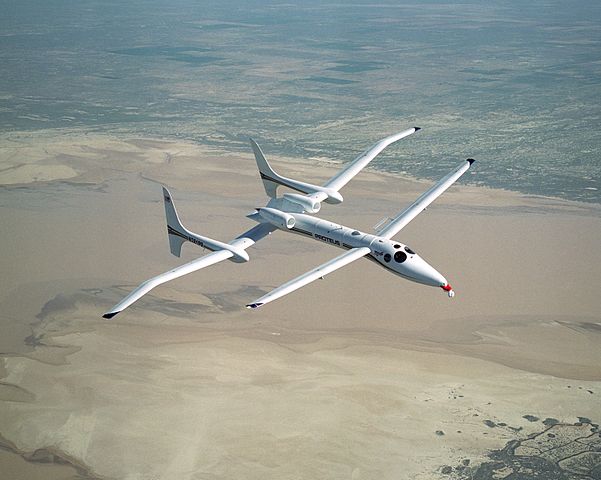
Vought V-173 “Flying Pancake”
The Vought V-173 “Flying Pancake” was an experimental U.S. Navy aircraft developed during World War II with an unusual flat, disc-shaped body and twin propellers. Its unique design aimed to provide excellent low-speed handling and short takeoff capabilities. Though it flew successfully in tests, the concept was eventually abandoned in favor of more conventional jet aircraft designs.
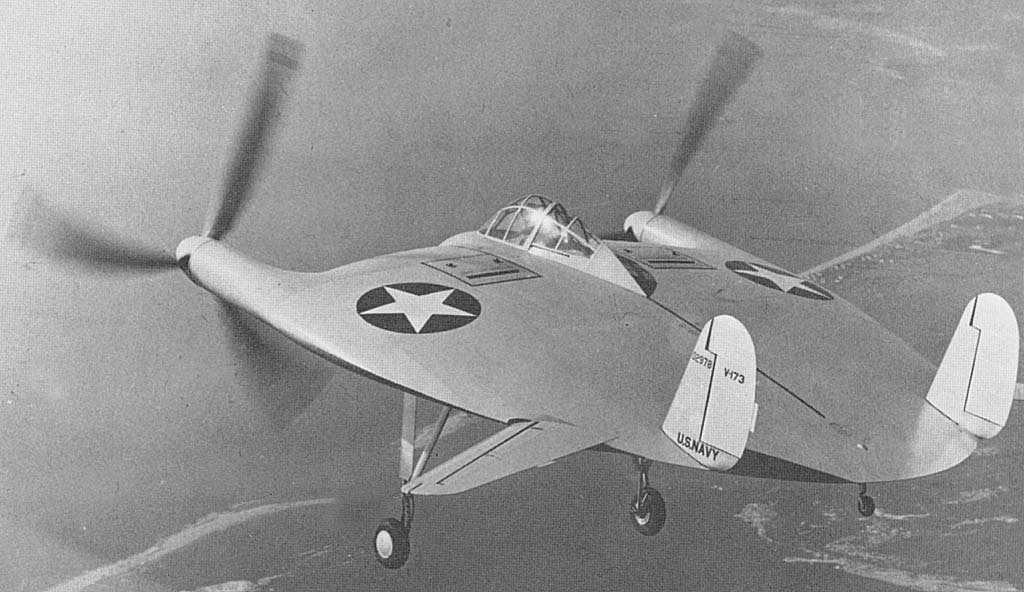
Edgley Optica
The Edgley EA-7 Optica is a British light aircraft designed in the 1970s for low-speed observation missions, offering a cost-effective alternative to helicopters. Its distinctive “bug-eye” cockpit provides a 270-degree panoramic view and near-vertical downward visibility, accommodating a pilot and two passengers side-by-side. Powered by a Lycoming IO-540 engine driving a five-bladed ducted fan, the Optica is renowned for its exceptionally quiet operation, making it ideal for surveillance and environmental monitoring tasks.
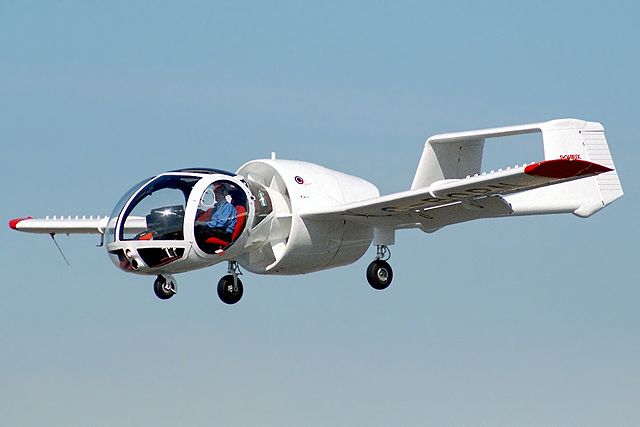
Stipa-Caproni
The Stipa-Caproni was an experimental Italian aircraft developed in the 1930s by the Italian Air Force and engineer Luigi Stipa. Its distinctive design featured a tubular fuselage that acted as an intake and exhaust for the propeller, aimed at improving engine efficiency and reducing noise. Despite promising performance in tests, the concept did not progress to production, as it was ultimately outperformed by more conventional aircraft designs.
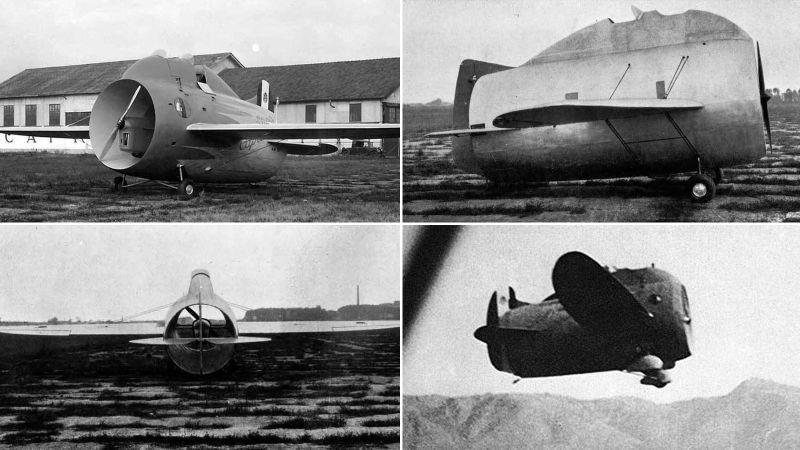
Nemuth Parasol
The Nemuth Parasol was a German experimental aircraft developed in the 1930s with a unique parasol wing design. It was created to explore the potential of a high-wing configuration for improved visibility and stability. Though it showed some promising flight characteristics, the aircraft never reached mass production and remained a one-off prototype.
